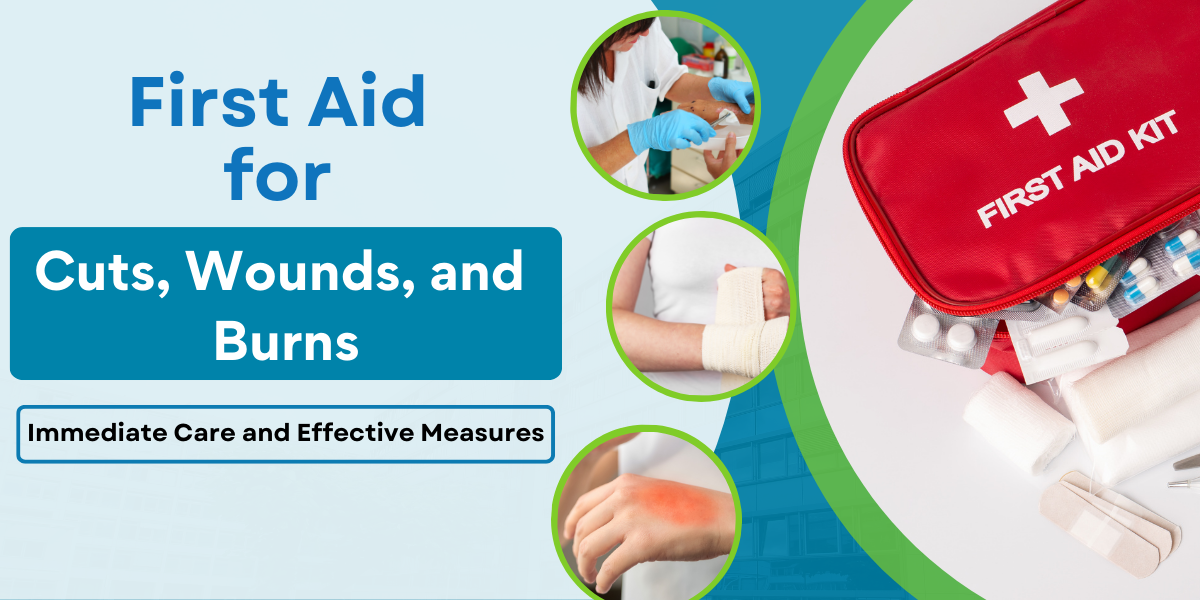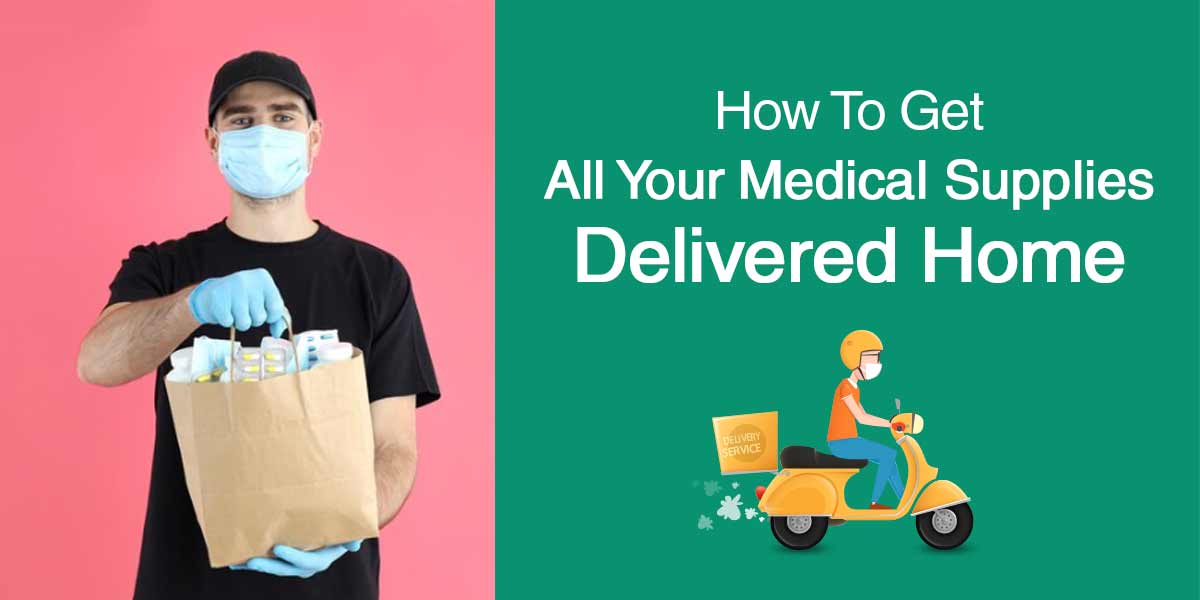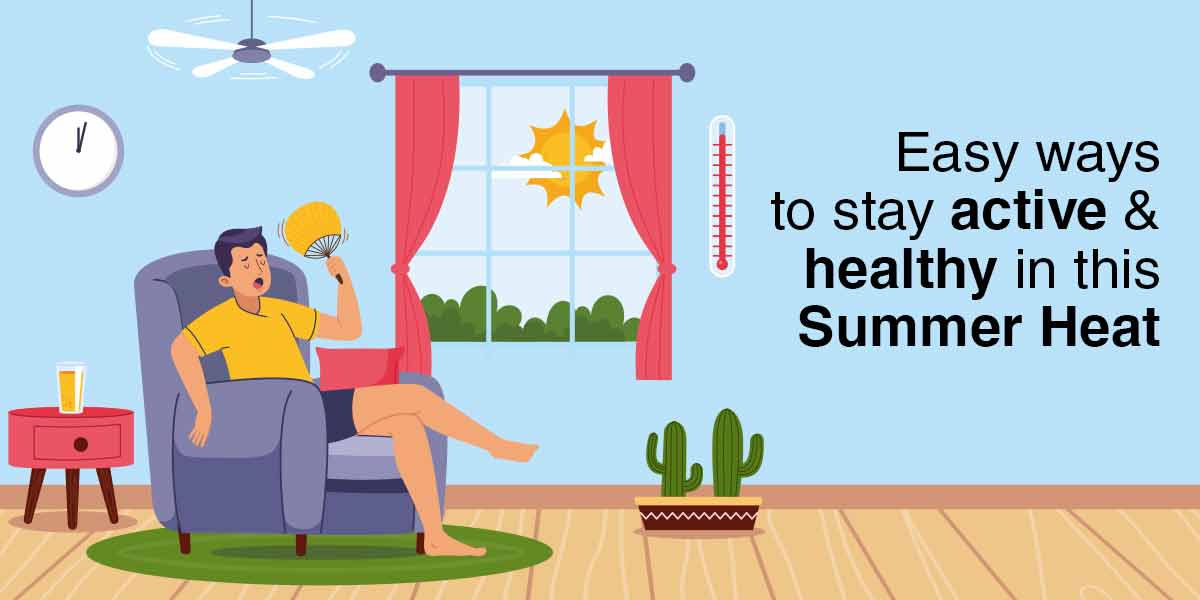Introduction
Accidents can catch us off guard, but knowing how to administer proper first aid can make all the difference in ensuring the well-being of those in need. Among the most common injuries that demand immediate attention are cuts, wounds, and burns. Below is a comprehensive guide that outlines the best practices for offering effective first aid in these critical situations.
Cuts and wounds are frequent occurrences in our daily lives. Understanding how to handle them with proper first aid can help prevent infections and complications.
- Assess the Situation: In case of minor cuts or wounds, calmly assess the situation. If bleeding is profuse or the wound appears deep, immediate medical attention is crucial.
- Stop the Bleeding: For smaller cuts, apply gentle pressure using a clean cloth to stop the bleeding. If the wound is more severe, elevate the injured area while applying pressure to reduce blood flow.
- Clean the Wound: Start by rinsing the cut or wound with clean, lukewarm water. Refrain from using harsh substances like hydrogen peroxide. Apply a small amount of cornstarch or baby powder to the area to absorb the moisture.
- Apply Antiseptic: After cleaning, apply a mild antiseptic to the wound. This prevents infection and supports the healing process. You can also use over-the-counter antiseptic ointments like Neosporin.
- Cover the Wound: To safeguard against dirt and bacteria, cover the cut or wound with a sterile bandage. Change the dressing as often as needed.
- Pain Relief: Over-the-counter pain relievers like ibuprofen can help manage pain associated with cuts and wounds. These medications also have anti-inflammatory properties that can reduce swelling and discomfort.
- Seek Medical Attention: If the wound shows signs of infection, such as redness, swelling, or pus, seek medical attention promptly.
Burns are another type of injury that requires immediate attention. Understanding the proper first aid for burns can help alleviate pain and promote healing.
- Assess the Burn: Assess the severity of the burn. First-degree burns cause redness, second-degree burns result in blisters, and third-degree burns penetrate deep tissue.
- Cool the Burn: For minor burns, run cold water over the affected area for 10-15 minutes to soothe pain and prevent the burn from worsening.
- Apply Aloe Vera or Moisturizer: Apply aloe vera gel or a gentle moisturizer to the burn for comfort and healing.
- Over-the-Counter Pain Relief: Over-the-counter pain relievers like ibuprofen or acetaminophen can alleviate pain and reduce inflammation caused by the burn.
- Cover the Burn: Shield the burn with a sterile, non-adhesive bandage or cloth to prevent infection.
- Seek Medical Attention: For severe burns, especially third-degree burns, seek immediate medical help.
Remember, first aid is an interim measure, not a substitute for professional medical treatment. By having a fundamental grasp of first aid procedures for cuts, wounds, and burns, you can be better prepared to offer prompt assistance in moments of need. Your swift actions can significantly impact the recovery process and prevent potential complications. Always have a basic first aid kit handy, which includes antiseptics, bandages, and ointments to address these injuries effectively.





